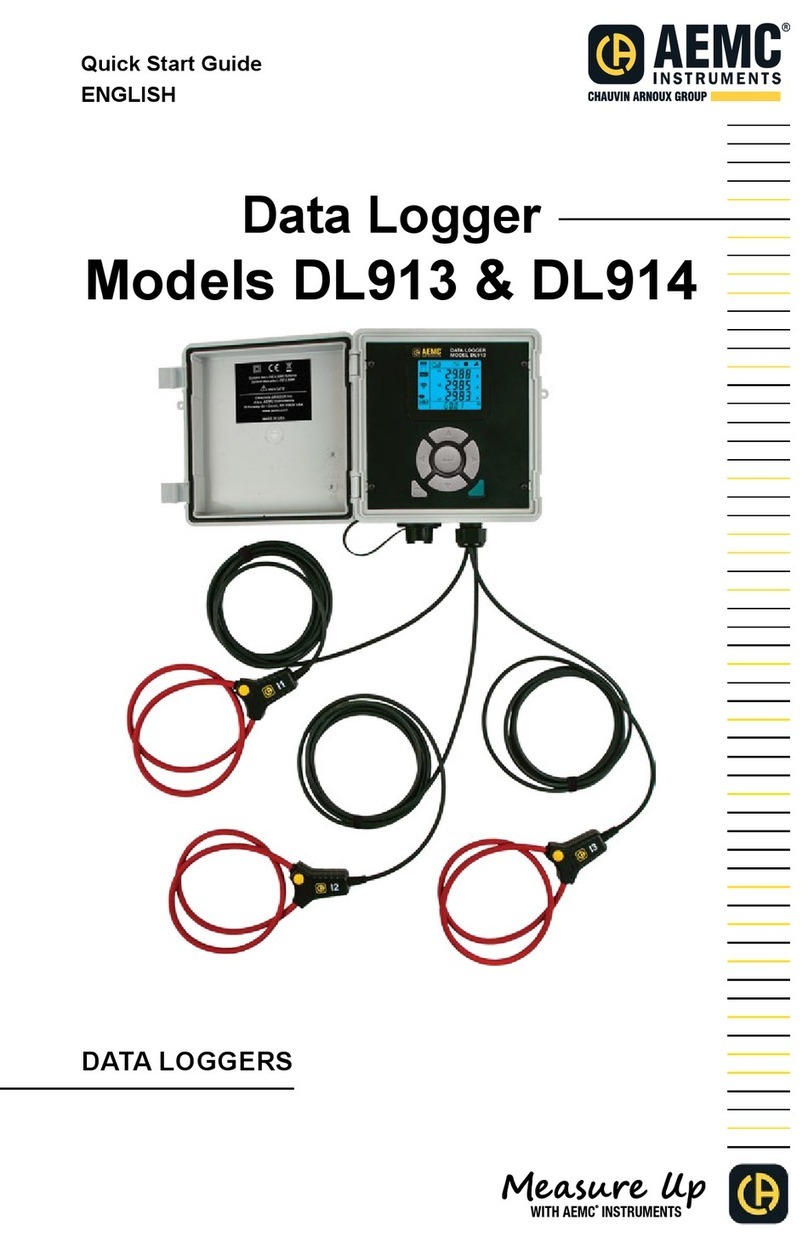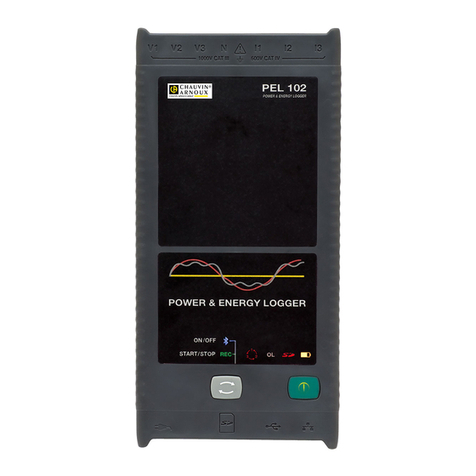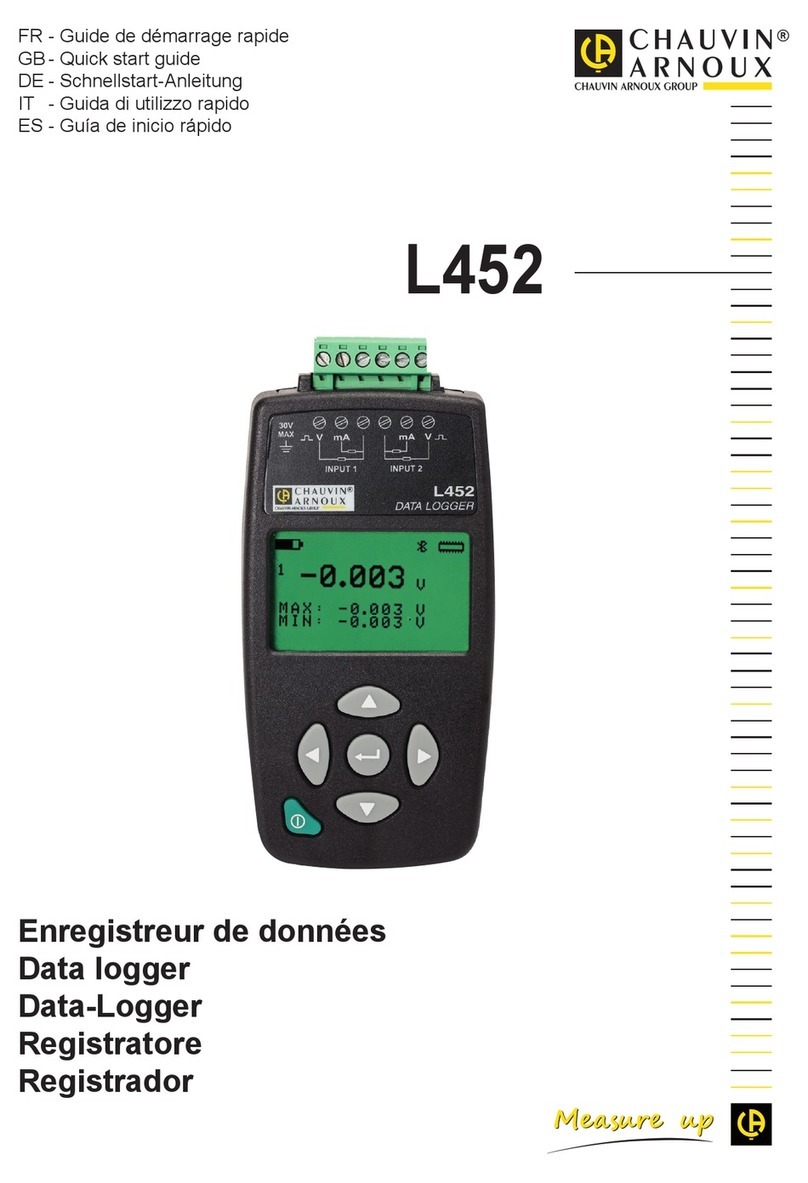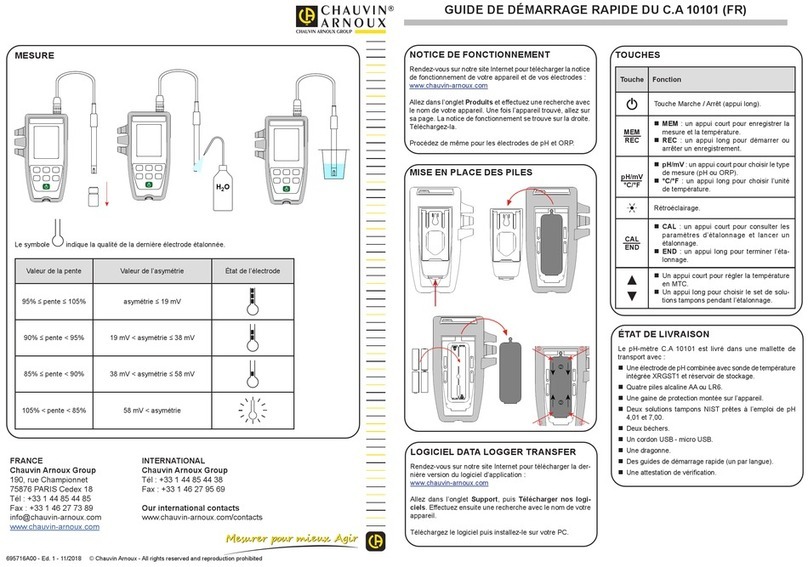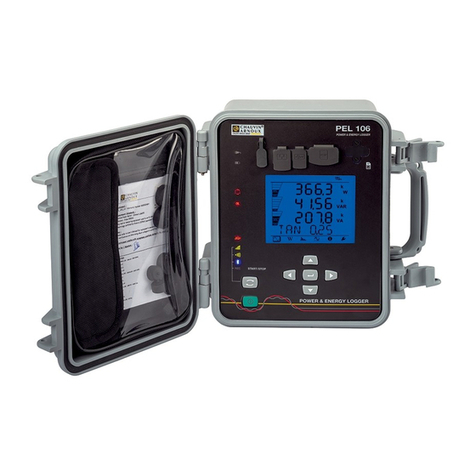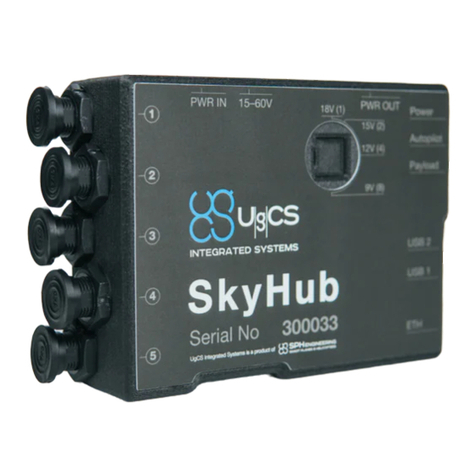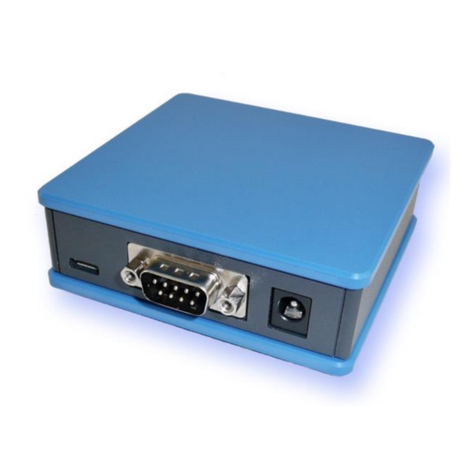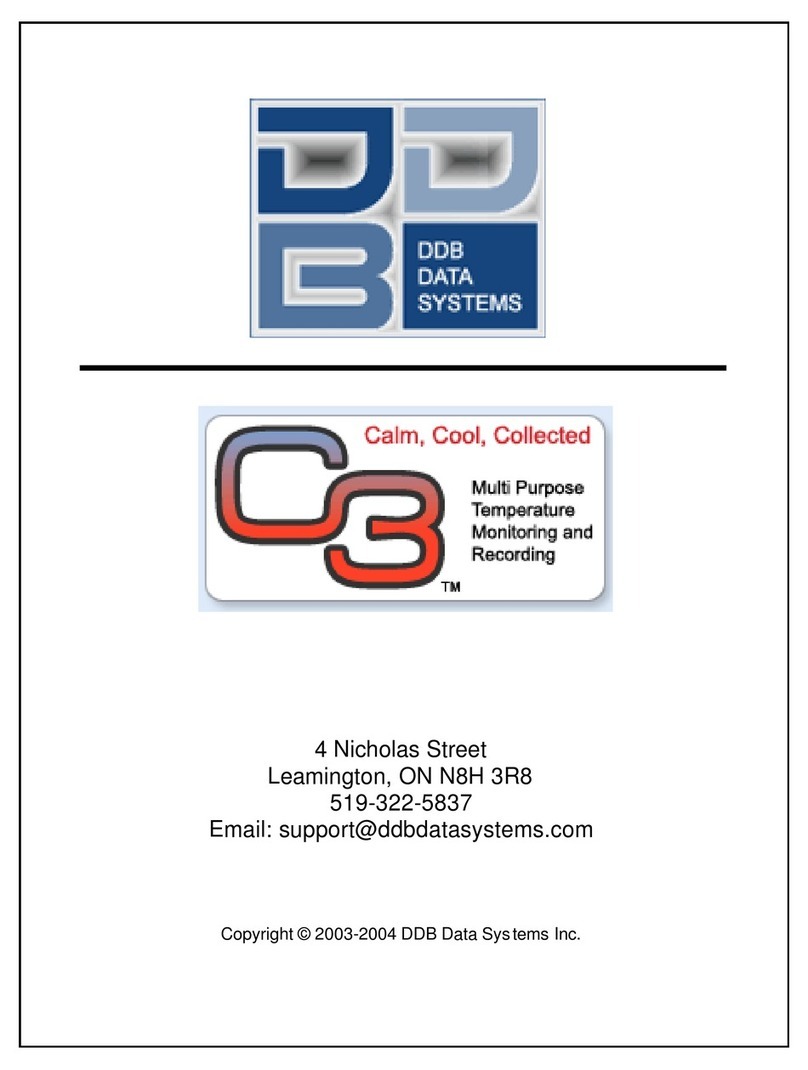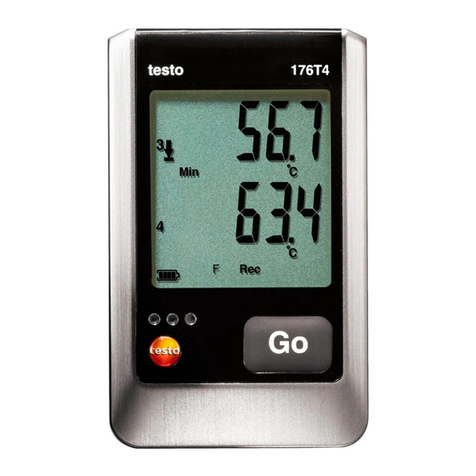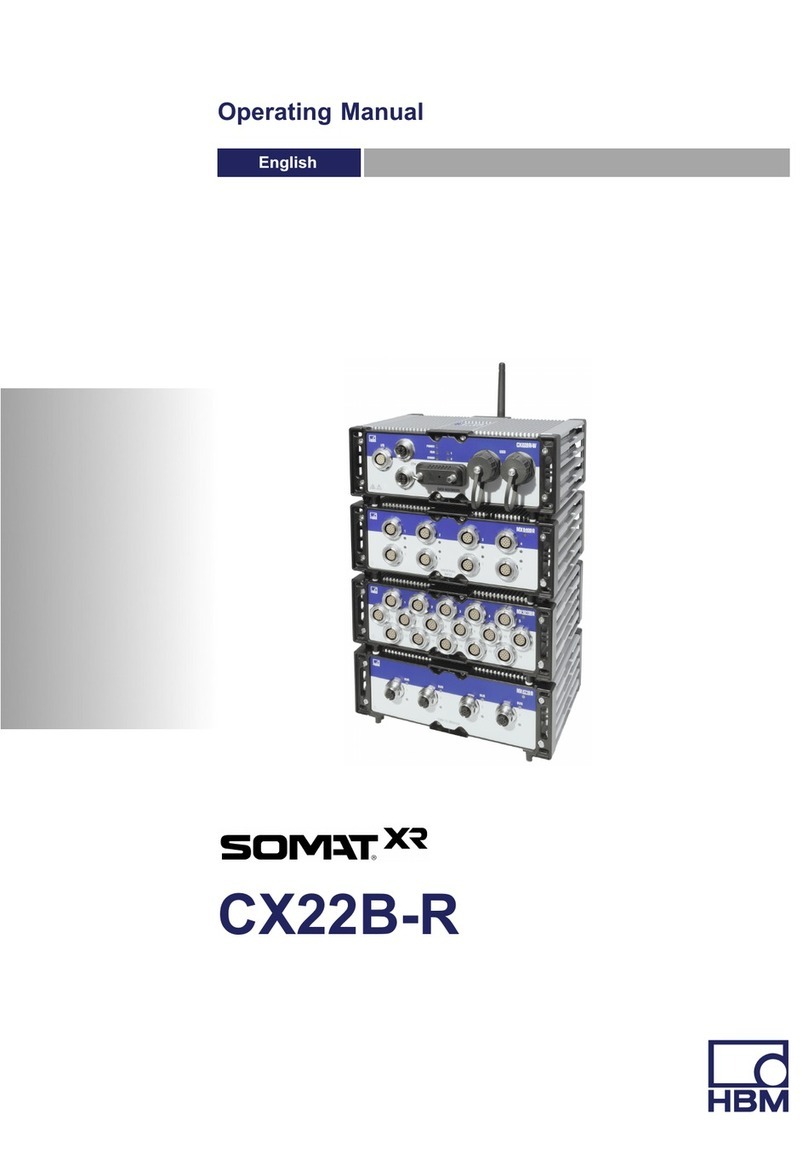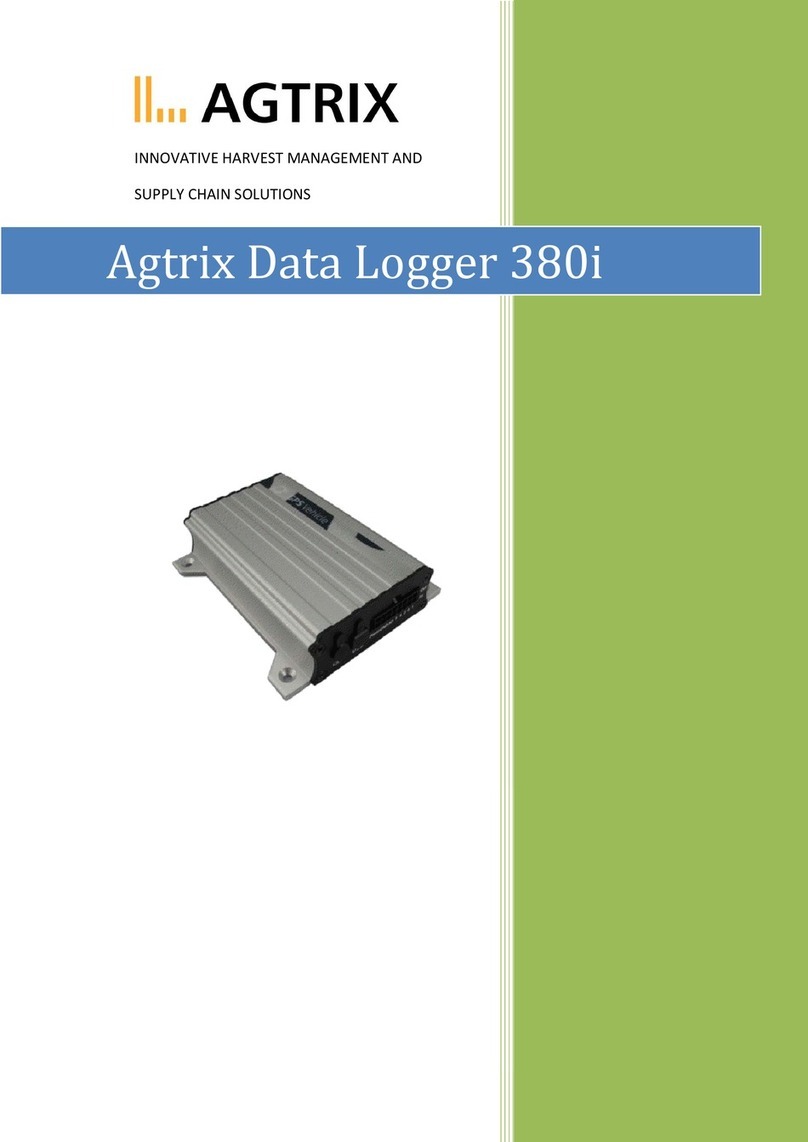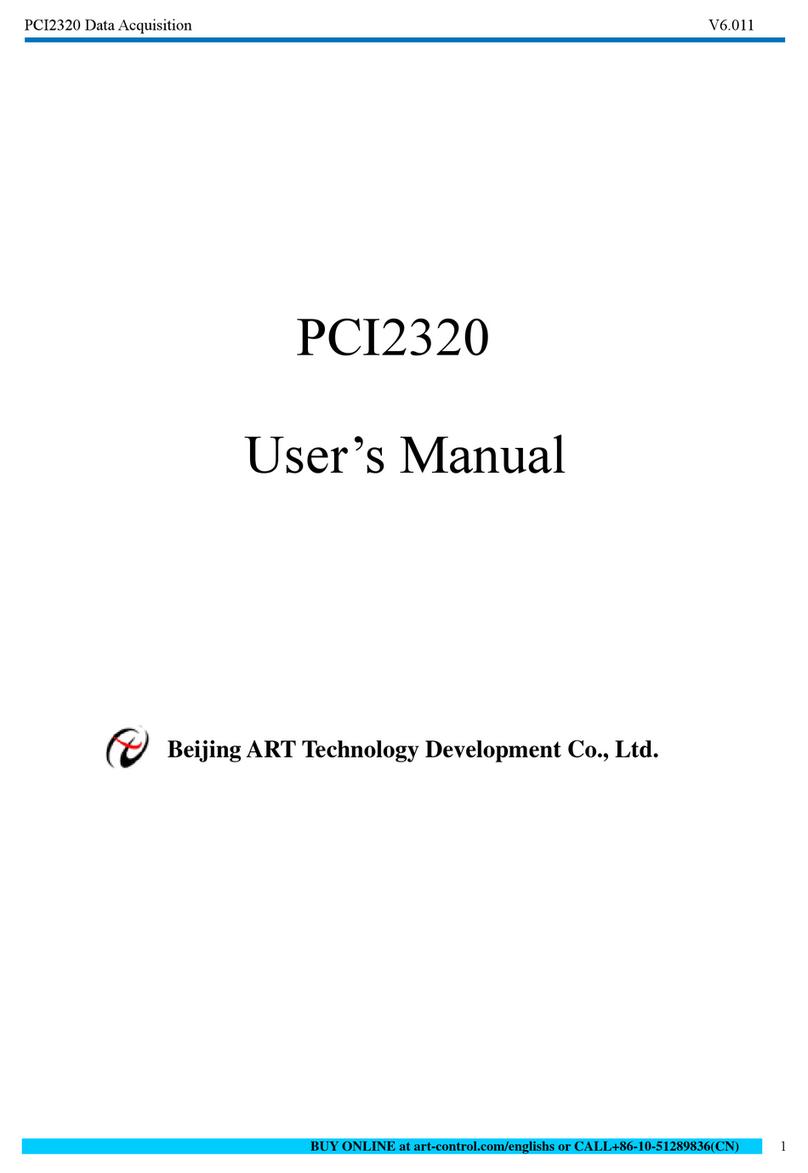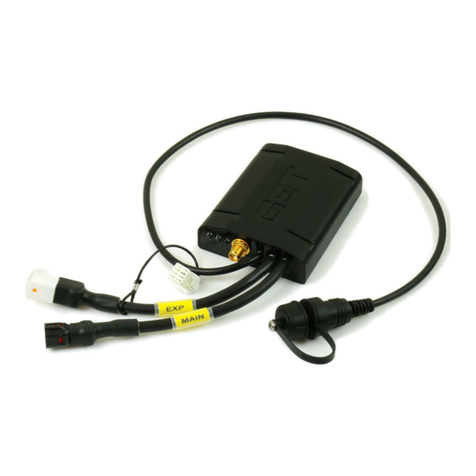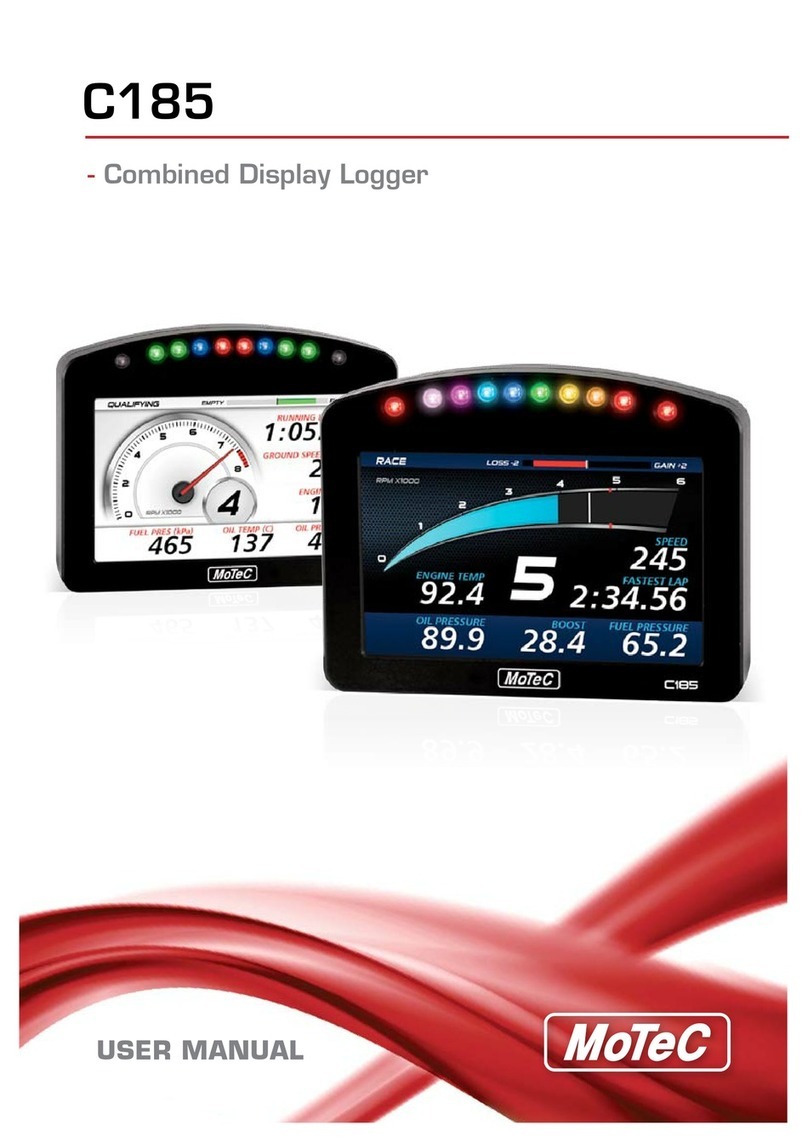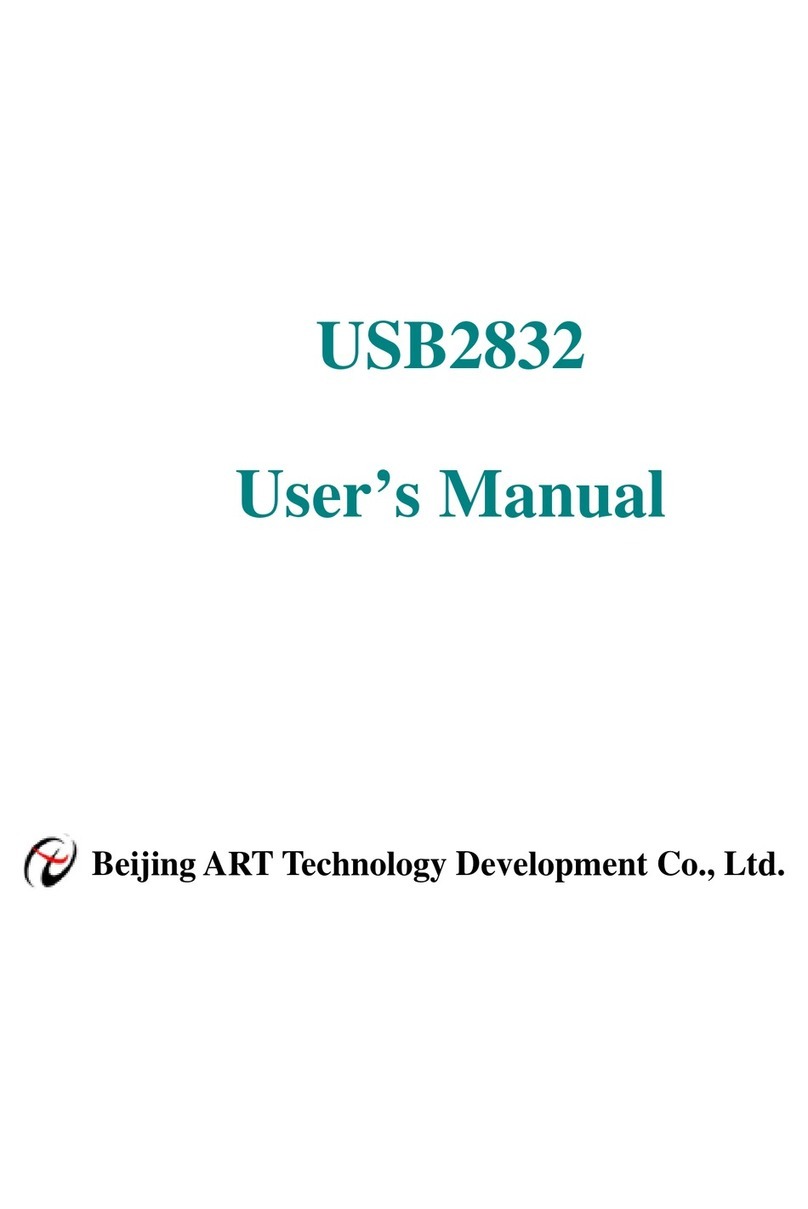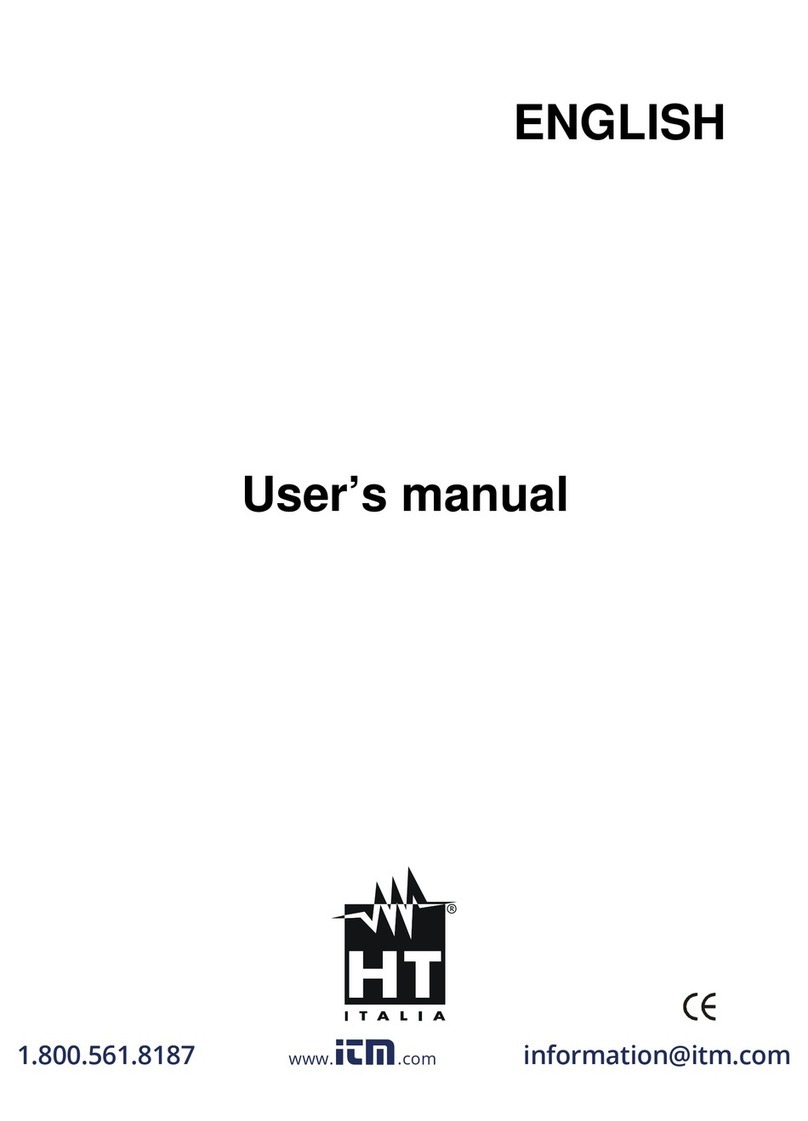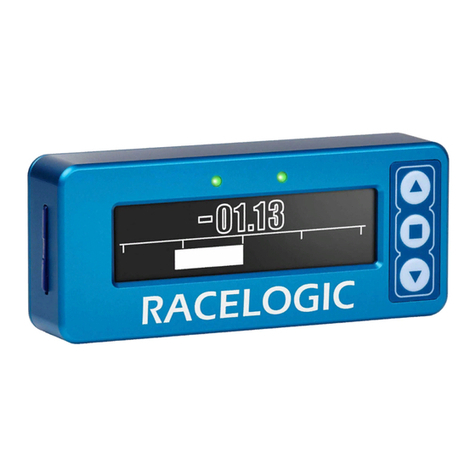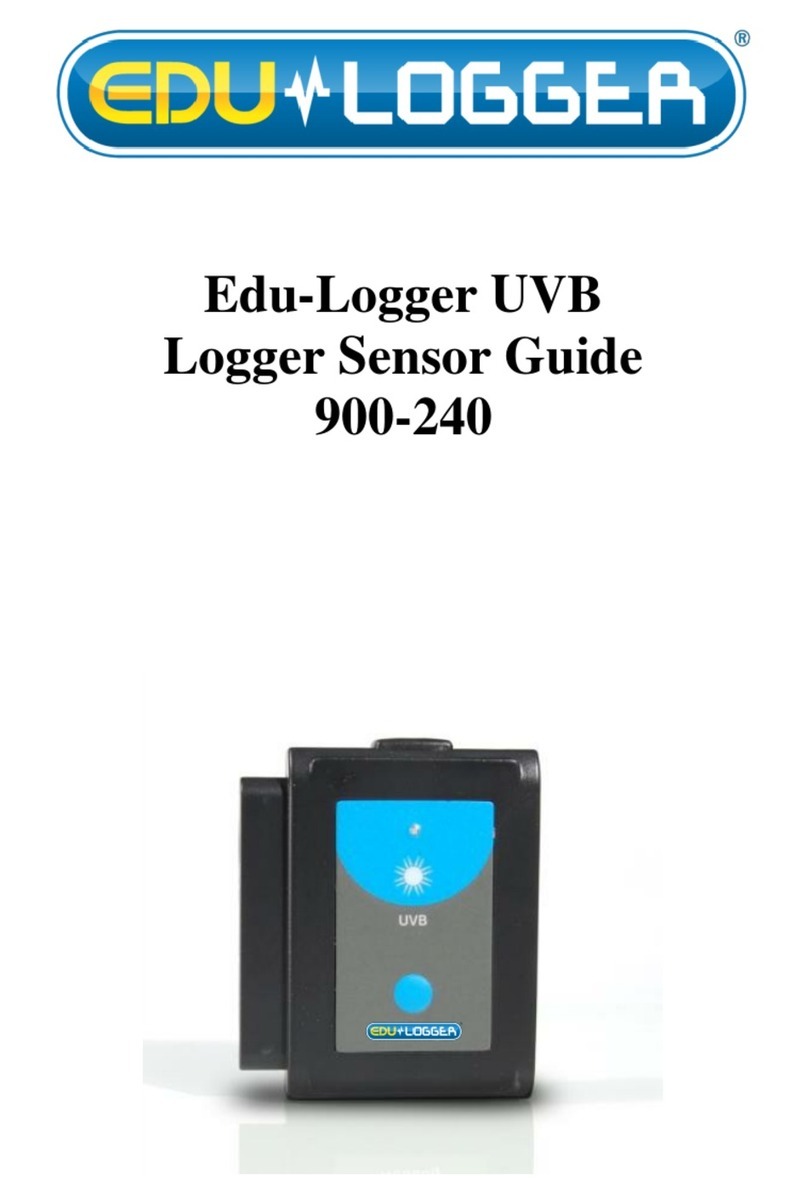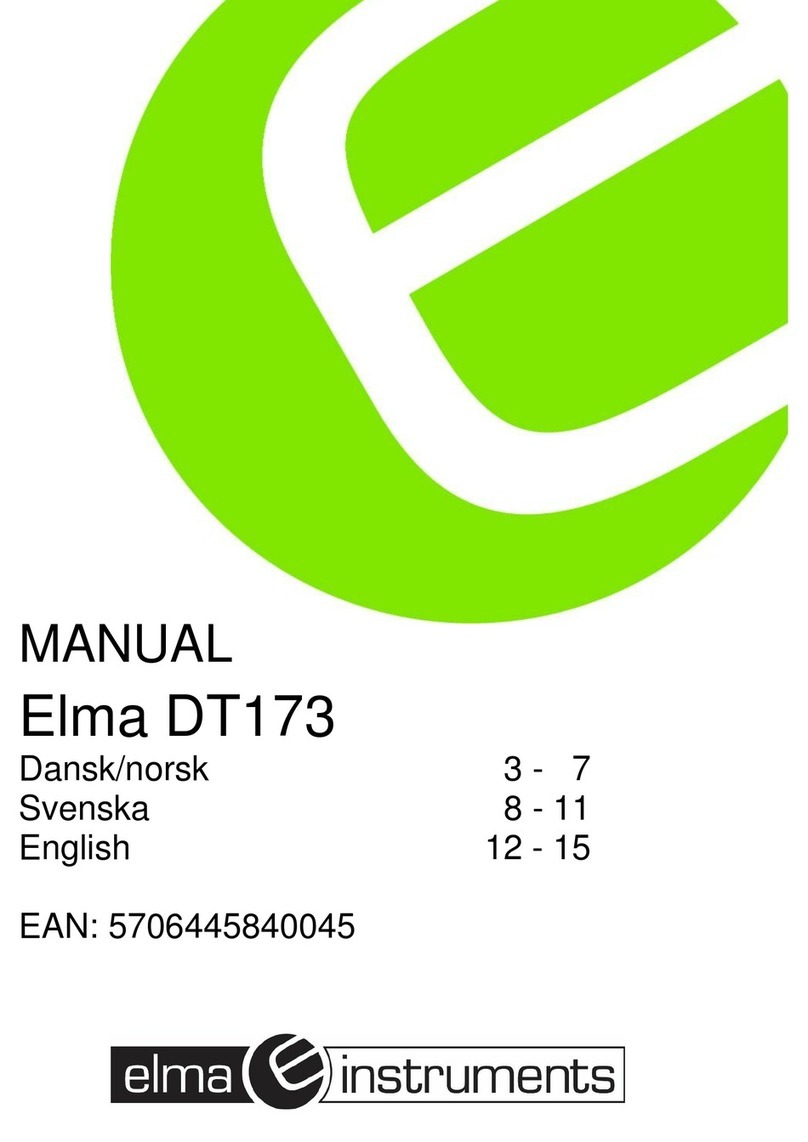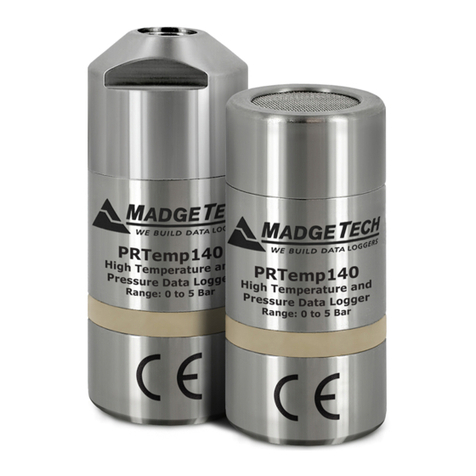
4
CONTENTS
1. GETTING STARTED ............................................................................................................................................................5
1.1. Delivery condition ........................................................................................................................................................5
1.2. Accessories .................................................................................................................................................................6
1.3. Spares .........................................................................................................................................................................6
1.4. Charging the battery ....................................................................................................................................................6
2. DEVICE OVERVIEW ............................................................................................................................................................7
2.1. Description...................................................................................................................................................................7
2.2. PEL51 and PEL52 .......................................................................................................................................................8
2.3. Terminal block..............................................................................................................................................................8
2.4. Back.............................................................................................................................................................................9
2.5. SD card slot .................................................................................................................................................................9
2.6. Set up ........................................................................................................................................................................10
2.7. Key functions .............................................................................................................................................................10
2.8. LCD display ...............................................................................................................................................................10
2.9. Memory card.............................................................................................................................................................. 11
3. OPERATION .......................................................................................................................................................................12
....................................................................................................................................12
...............................................................................................................................................13
3.3. Information.................................................................................................................................................................18
4. USE......................................................................................................................................................................................20
4.1. Distribution networks and connections of the PEL ...................................................................................................20
4.2. Recording ..................................................................................................................................................................21
4.3. Measured value display modes .................................................................................................................................21
5. PEL TRANSFER SOFTWARE ..........................................................................................................................................27
5.1. Functionalities............................................................................................................................................................27
5.2. Installing PEL Transfer ..............................................................................................................................................27
6. TECHNICAL CHARACTERISTICS ..................................................................................................................................29
6.1. Reference conditions.................................................................................................................................................29
6.2. Electrical properties ...................................................................................................................................................29
........................................................................................................................................35
6.4. Power supply .............................................................................................................................................................36
6.5. Environmental characteristics....................................................................................................................................37
.............................................................................................................................................................................37
6.7. Mechanical characteristics ........................................................................................................................................37
6.8. Electrical safety .........................................................................................................................................................37
6.9. Electromagnetic compatibility ....................................................................................................................................37
6.10. Radio emission ........................................................................................................................................................38
6.11. Memory card............................................................................................................................................................38
7. MAINTENANCE.................................................................................................................................................................39
7.1. Cleaning ....................................................................................................................................................................39
7.2. Battery .......................................................................................................................................................................39
.....................................................................................................................................................39
8. WARRANTY .......................................................................................................................................................................40
9. APPENDIX ..........................................................................................................................................................................41
9.1. Measurements...........................................................................................................................................................41
9.2. Measurement formulas..............................................................................................................................................42
9.3. Aggregation ...............................................................................................................................................................42
9.4. Supported electrical networks ...................................................................................................................................43
9.5. Values available.........................................................................................................................................................44
9.6. Values available.........................................................................................................................................................46
9.7. Glossary ....................................................................................................................................................................47
